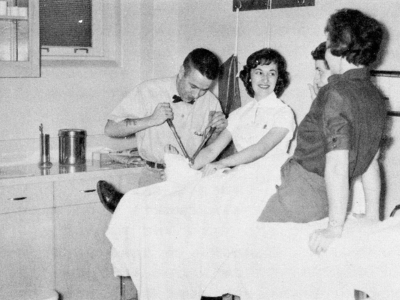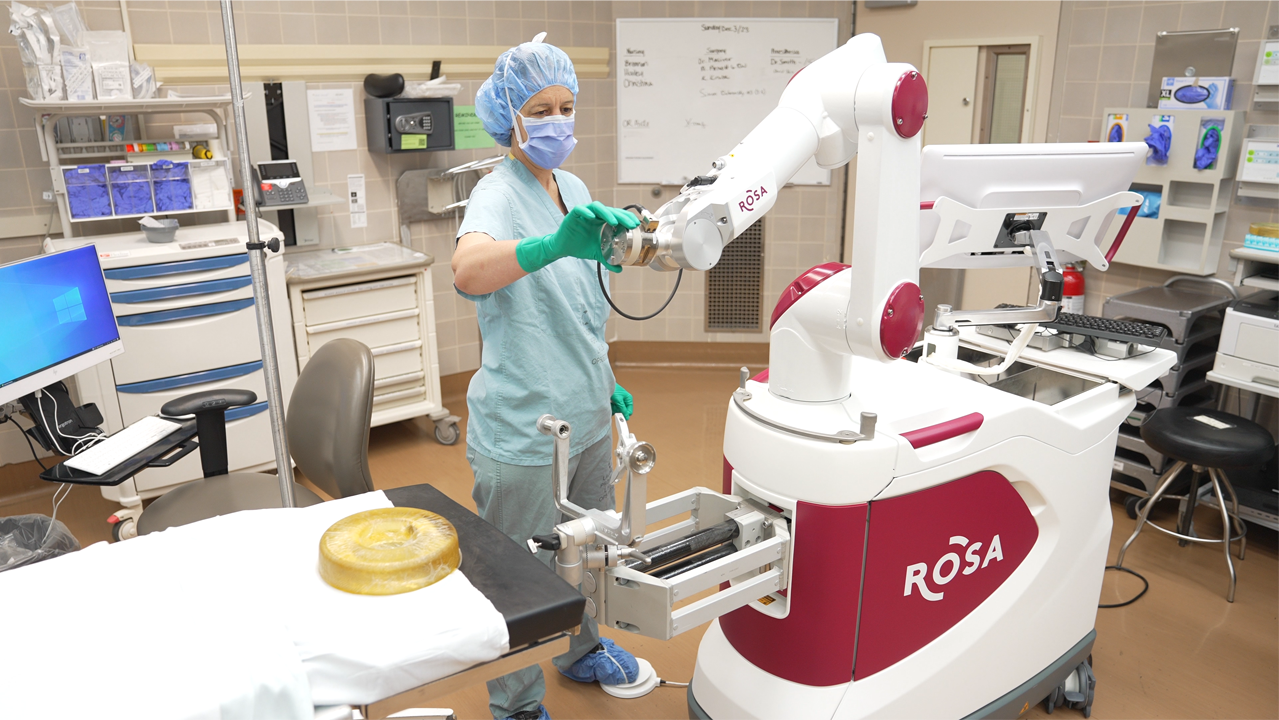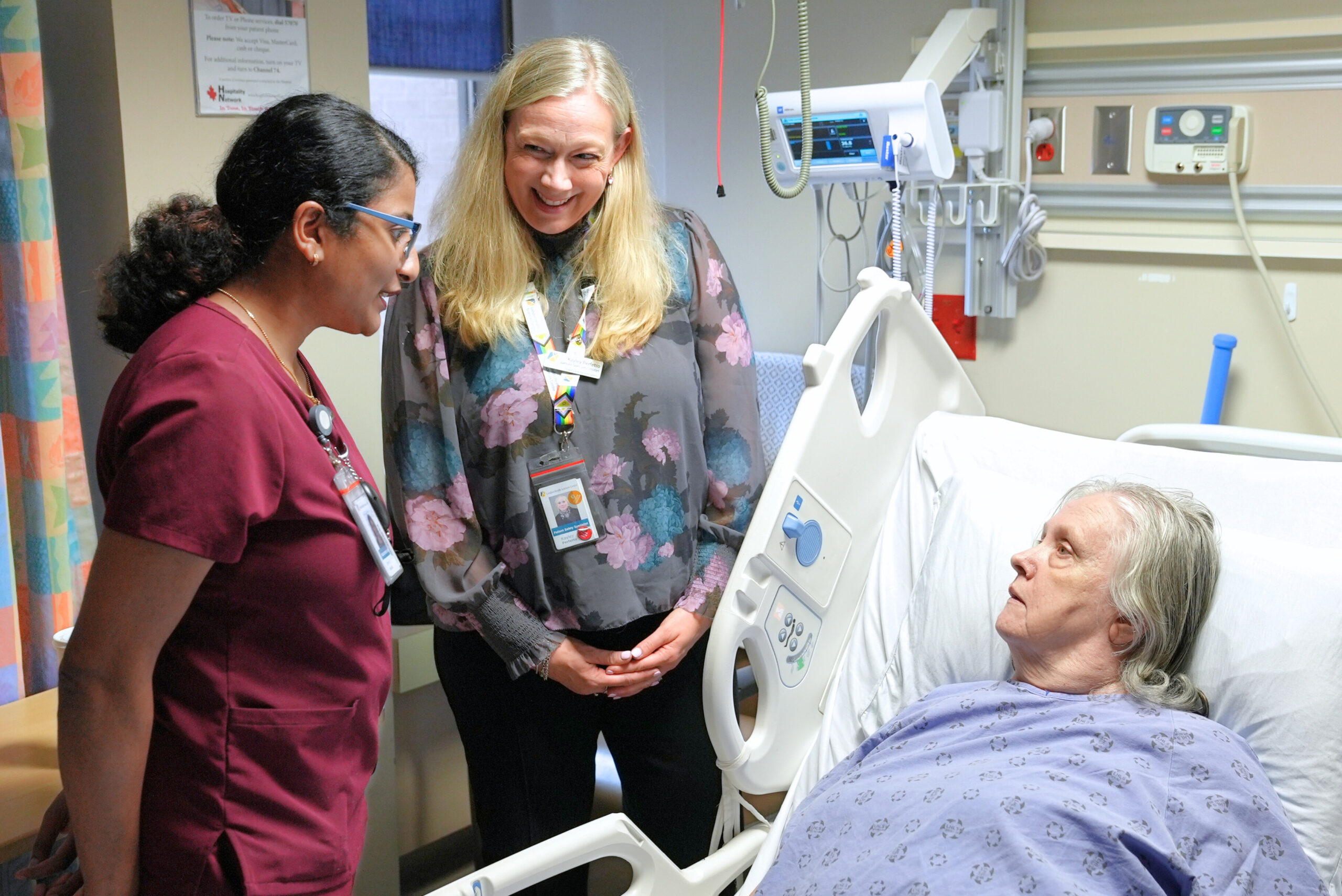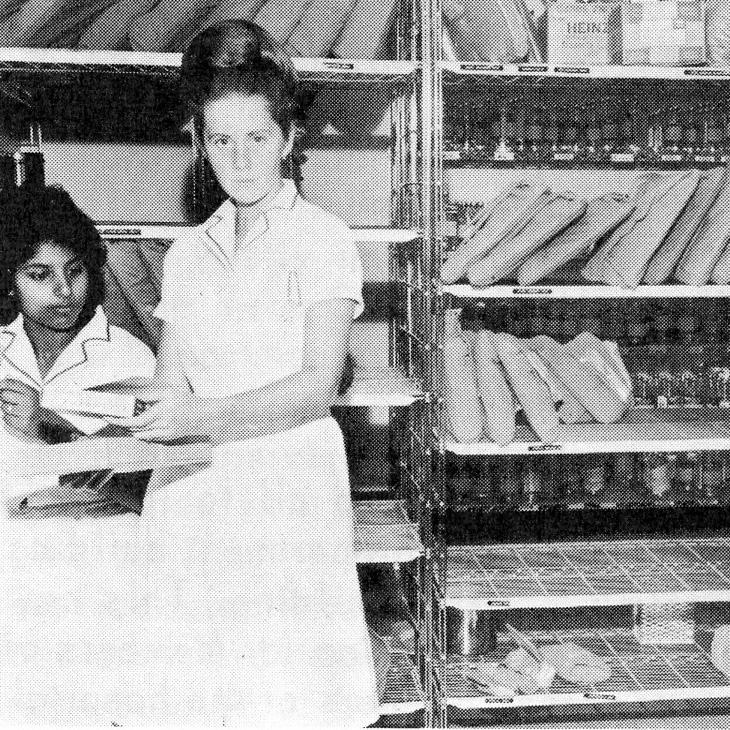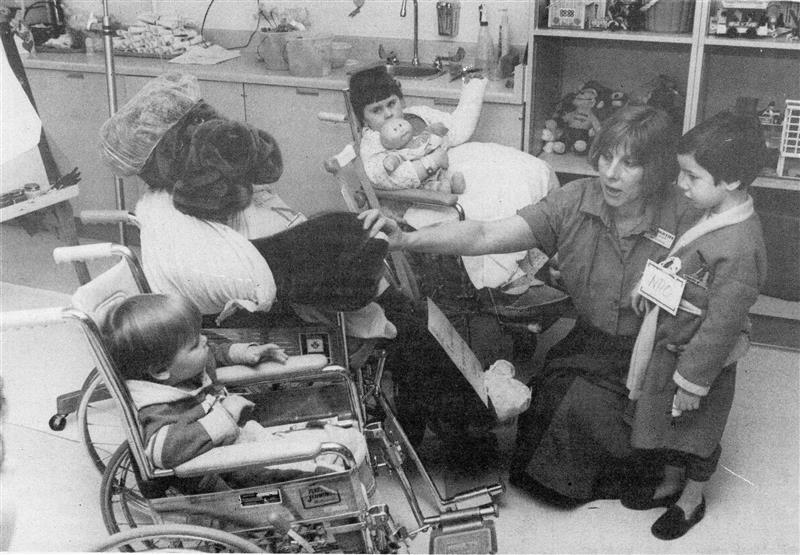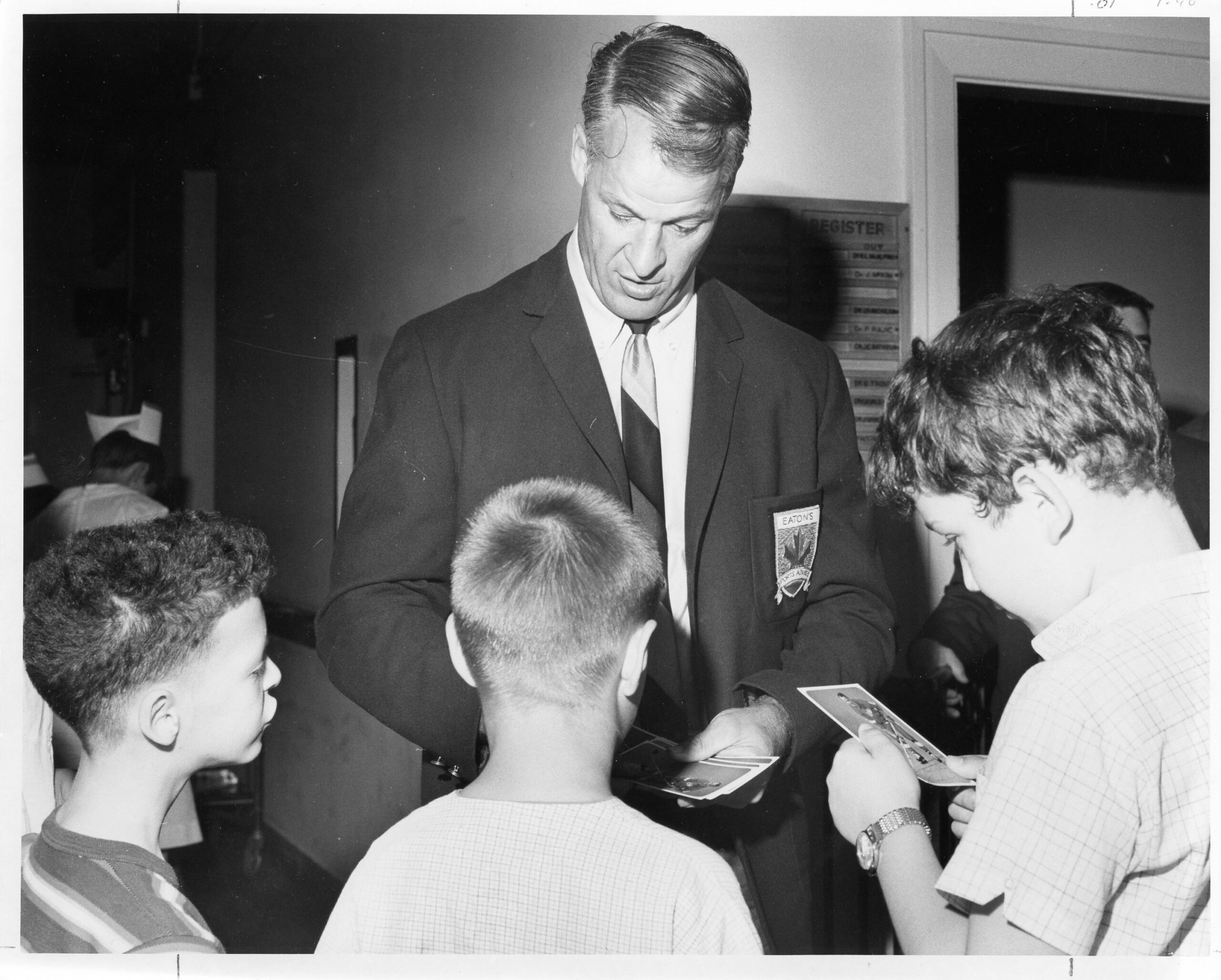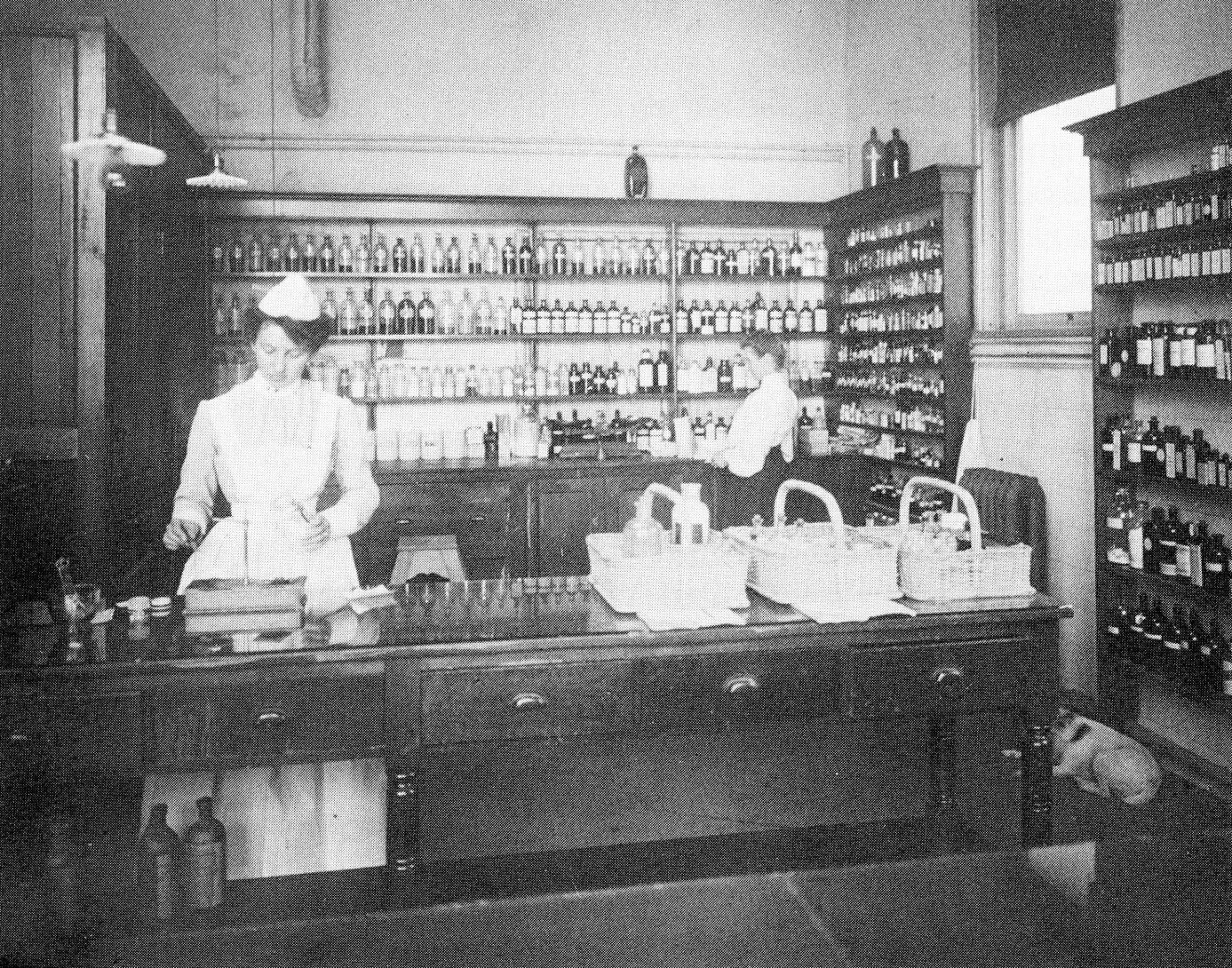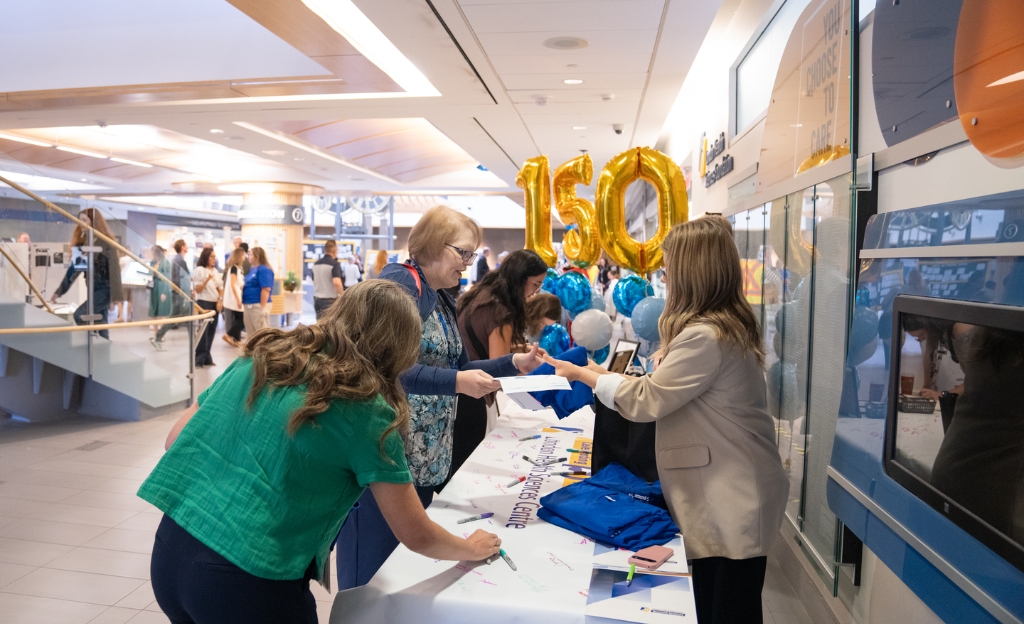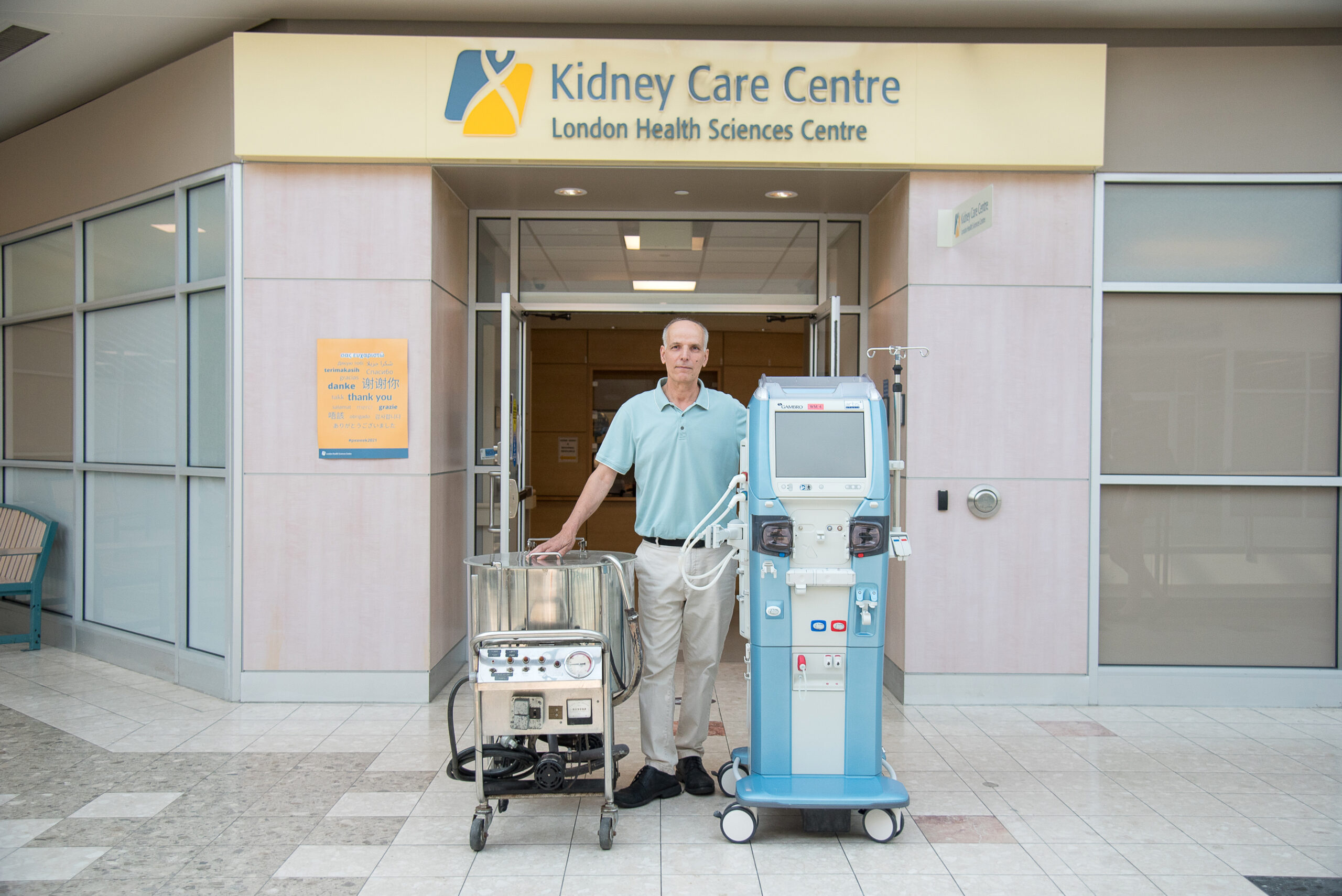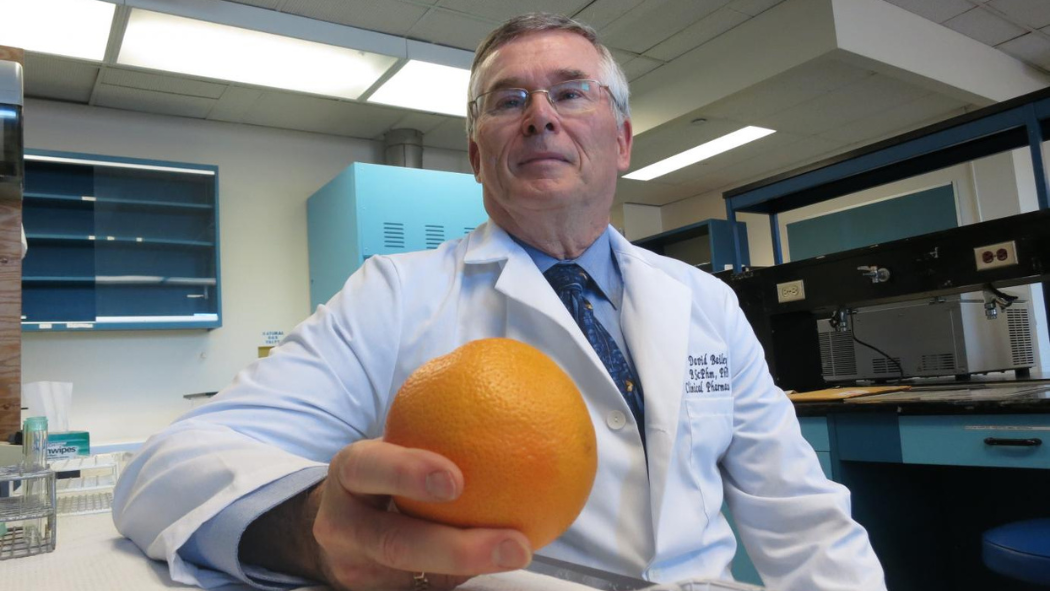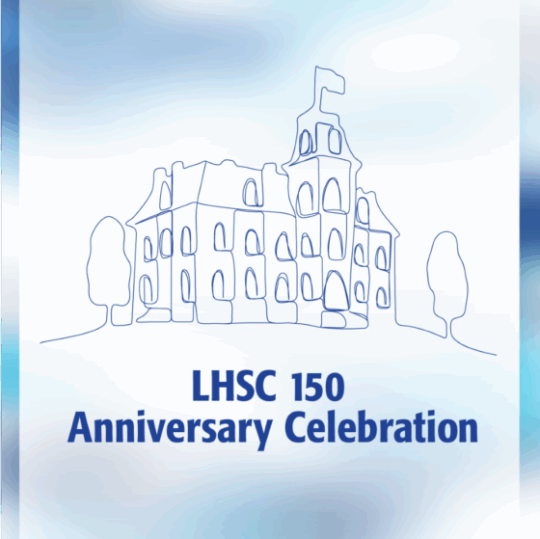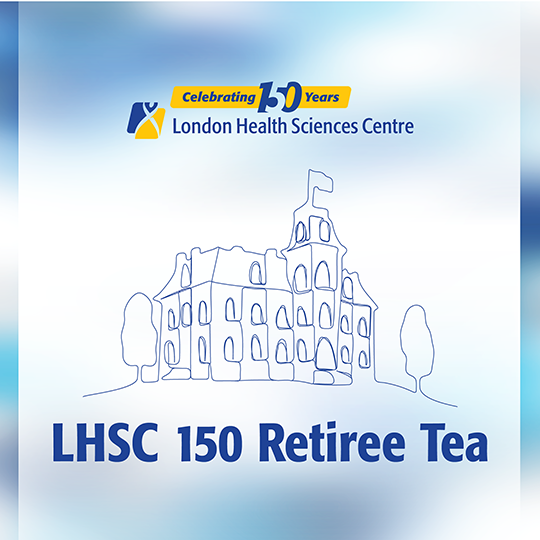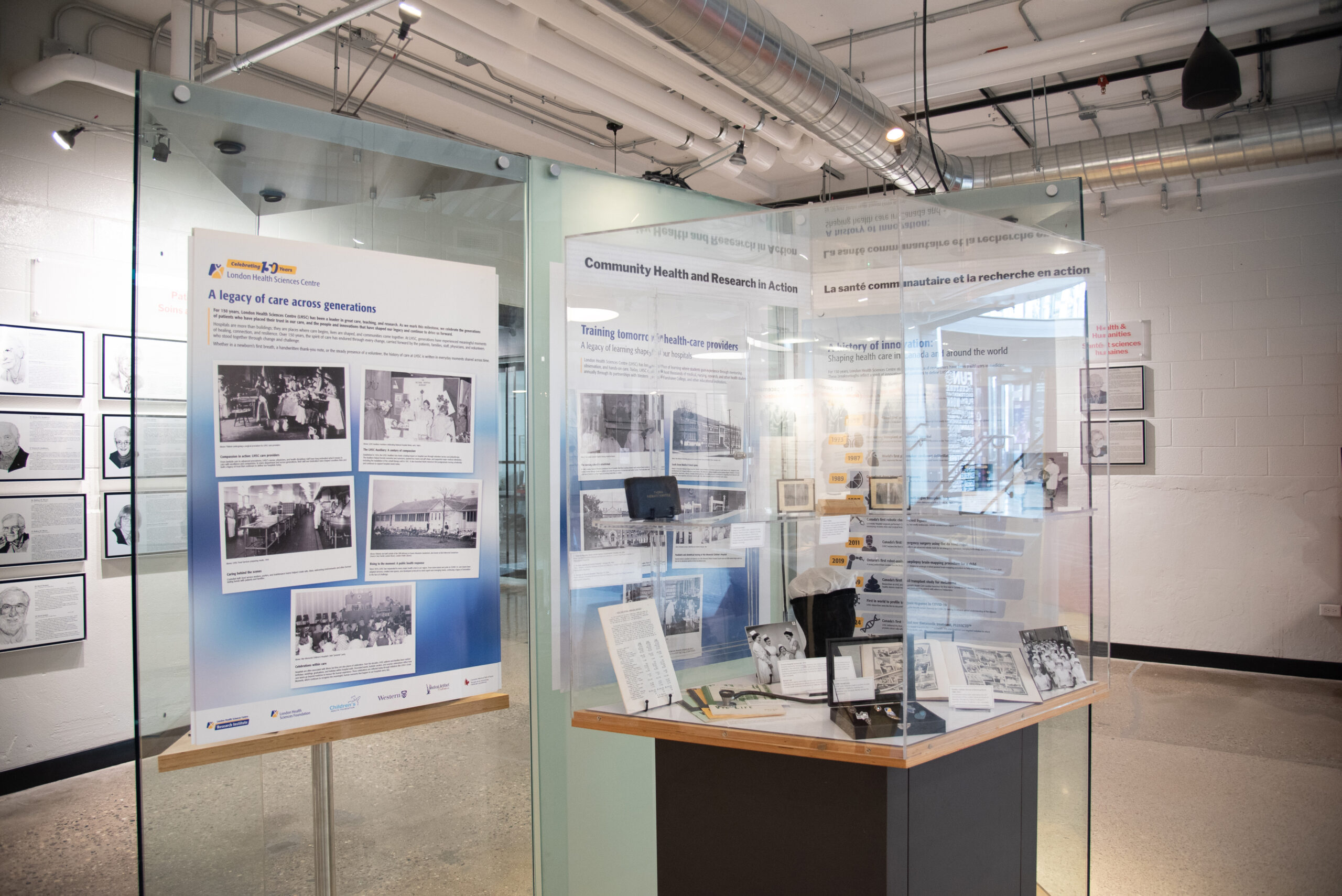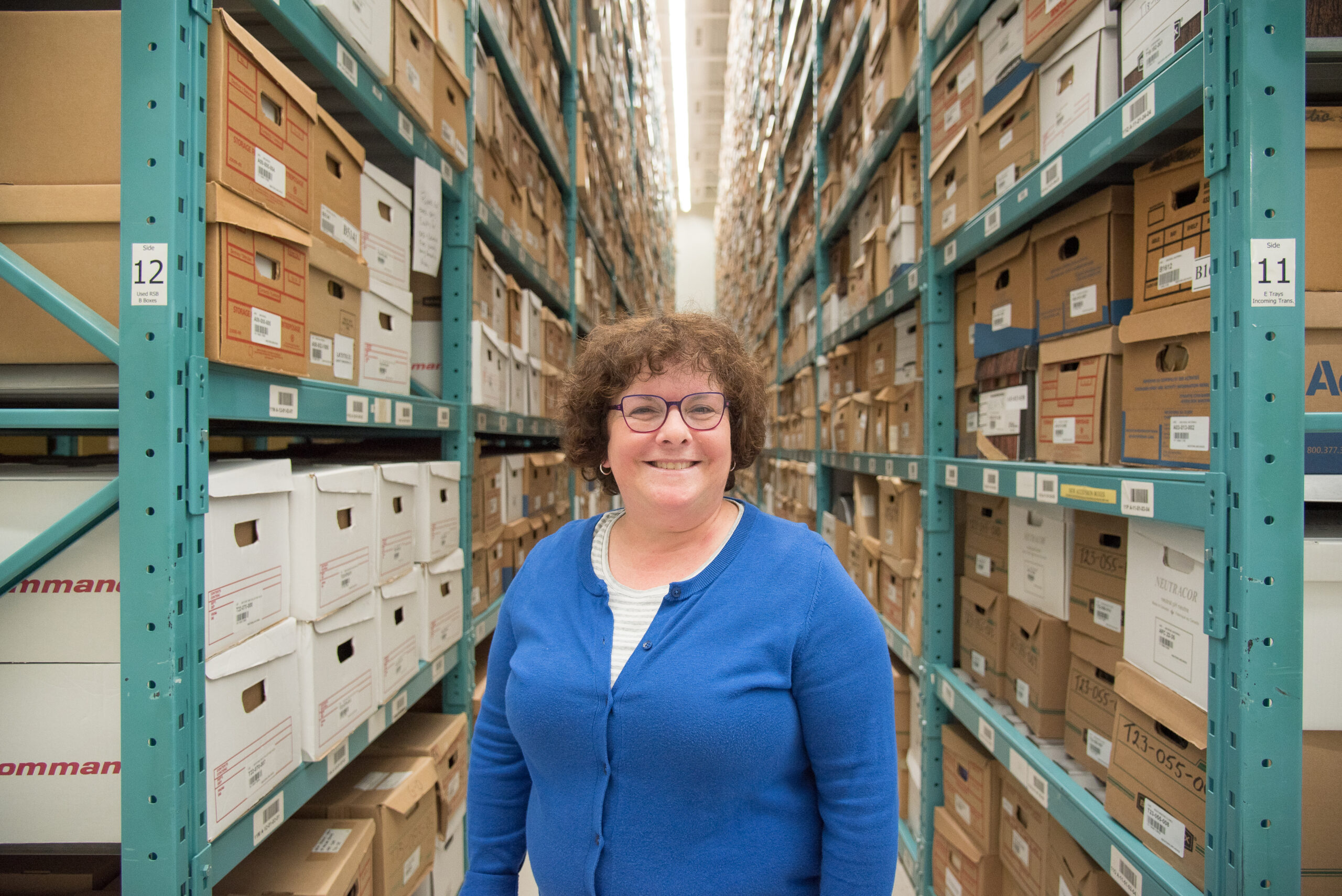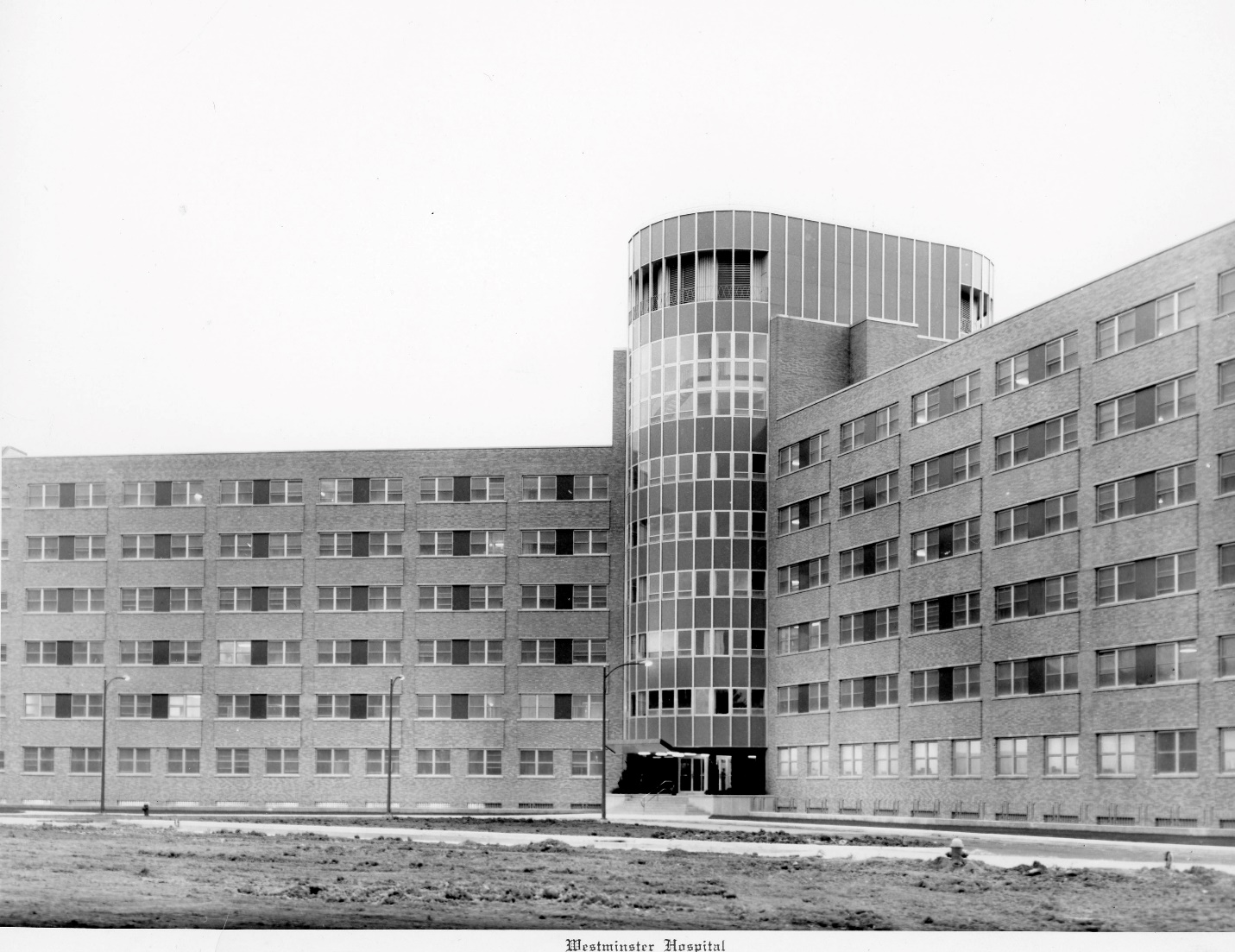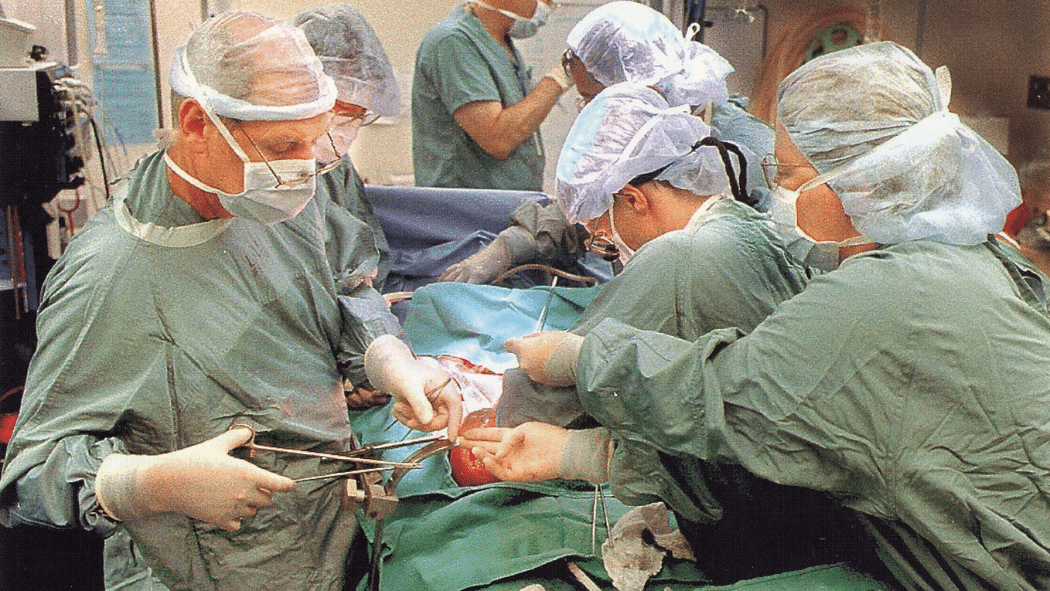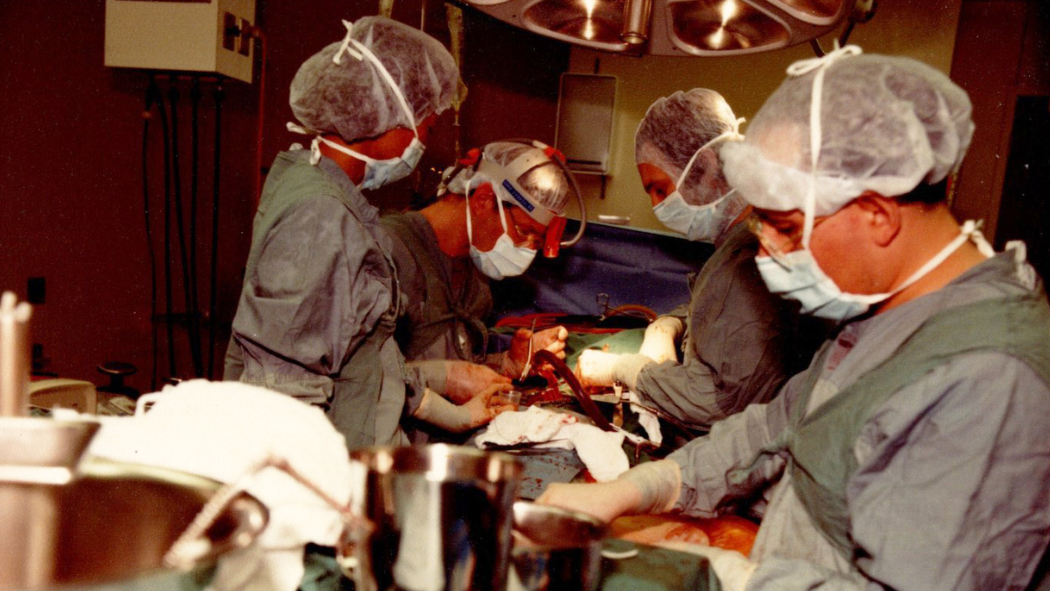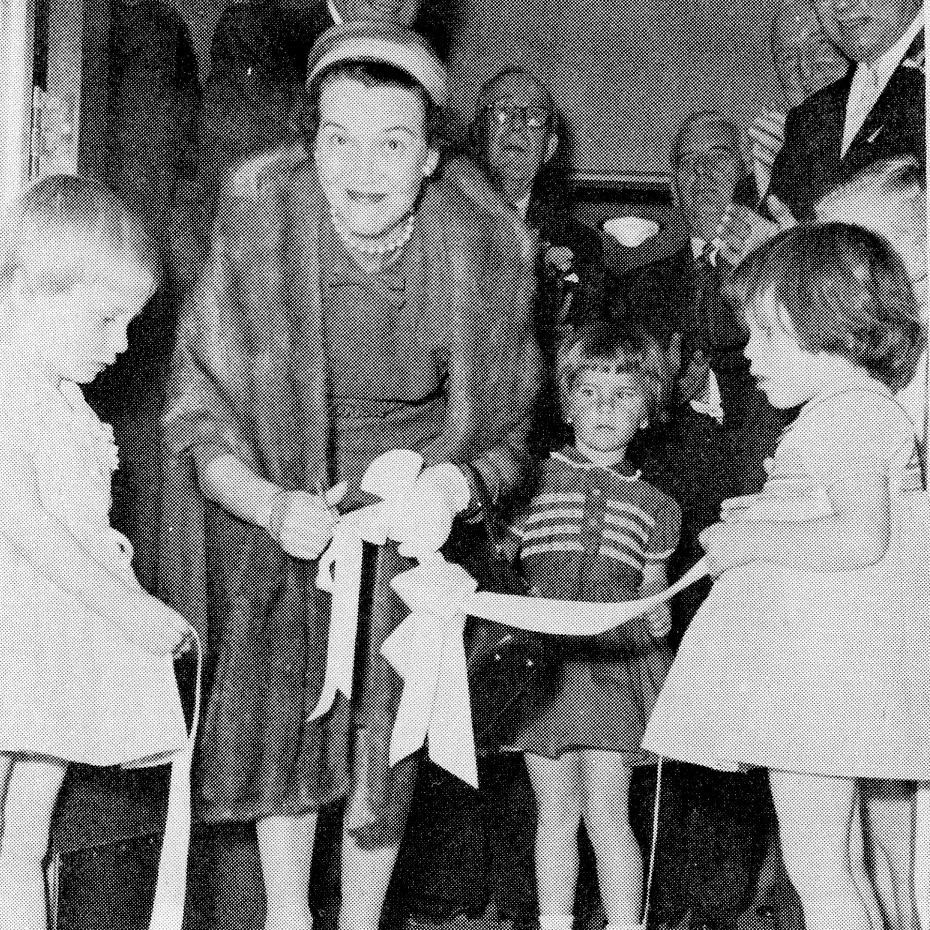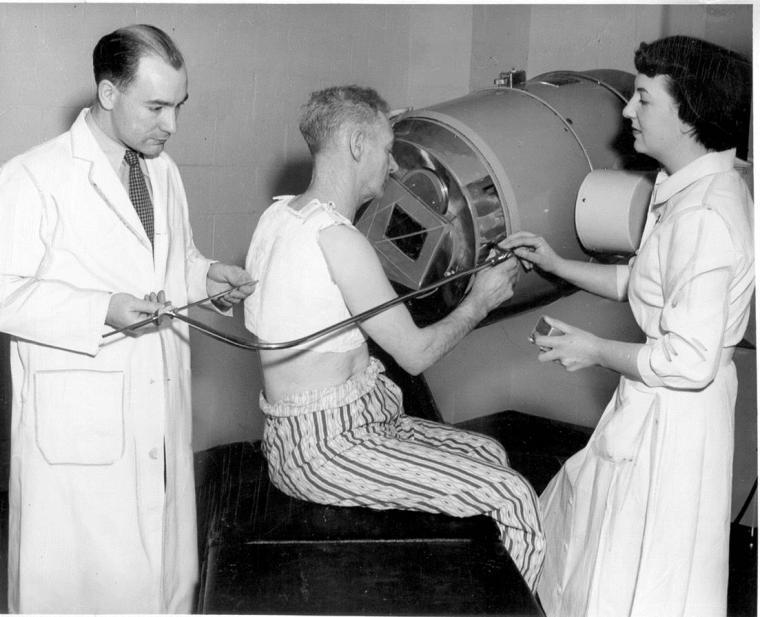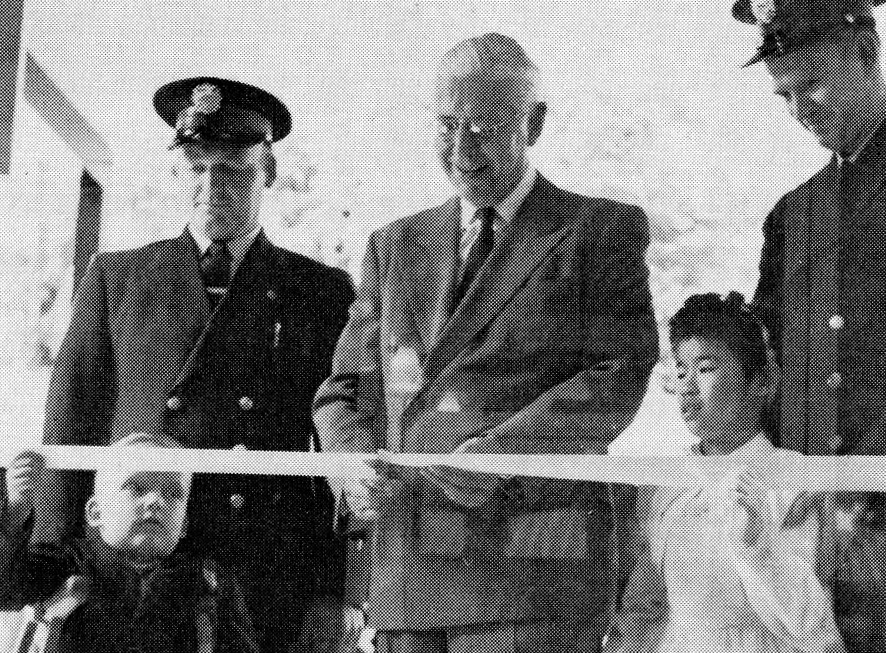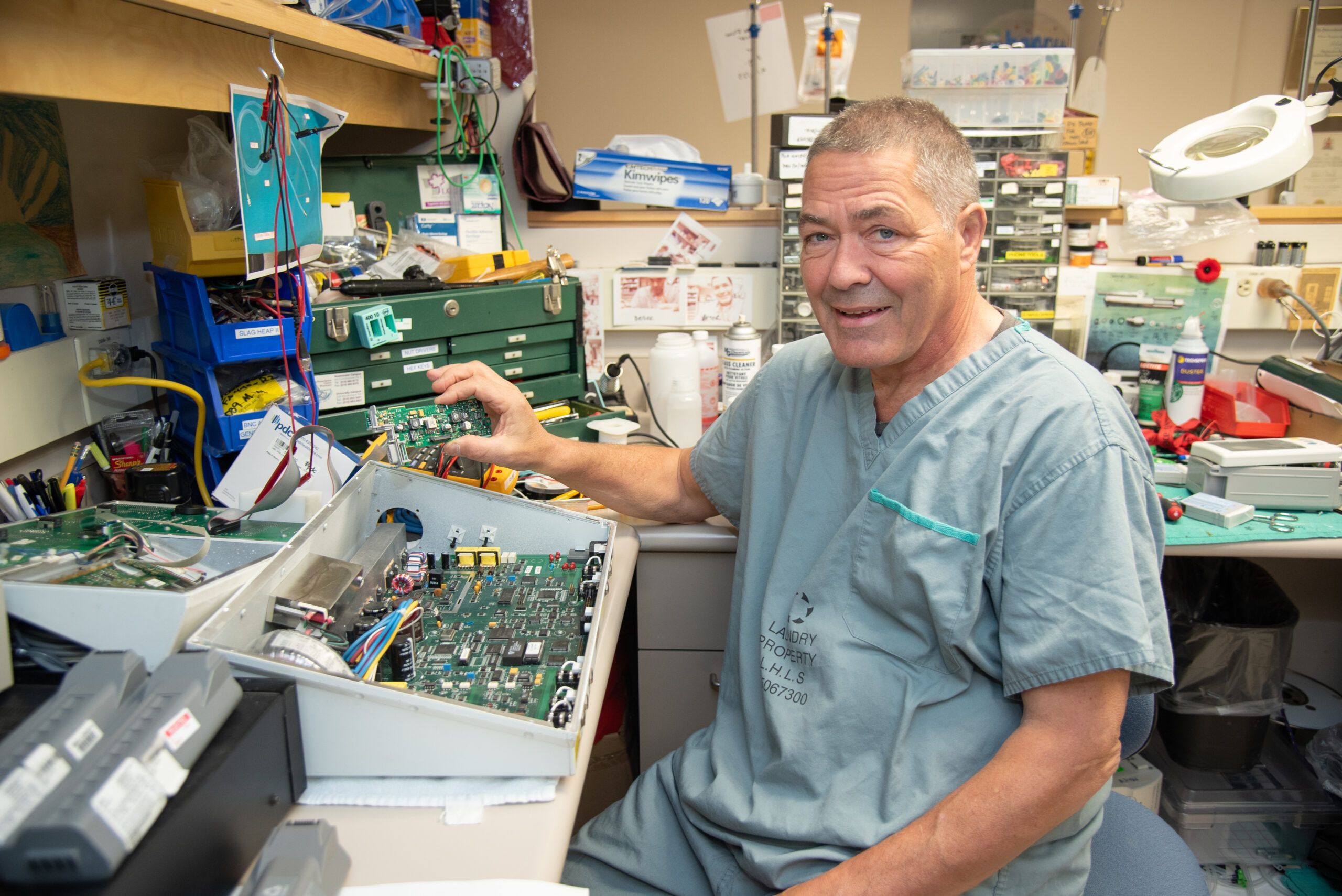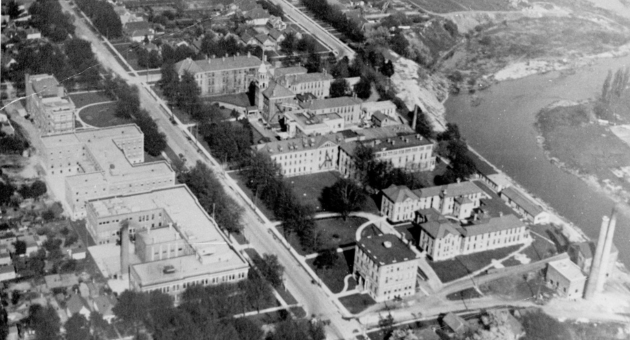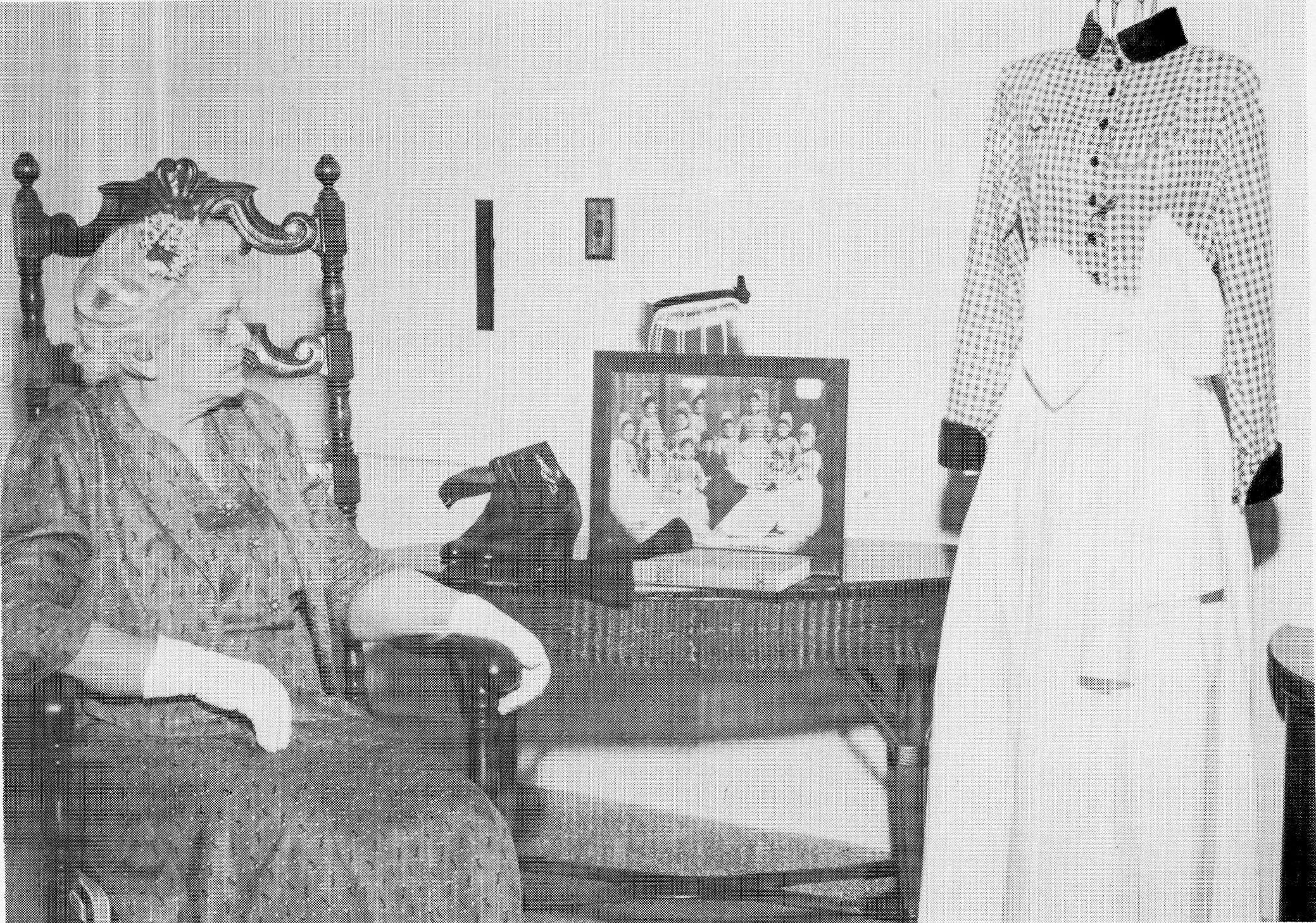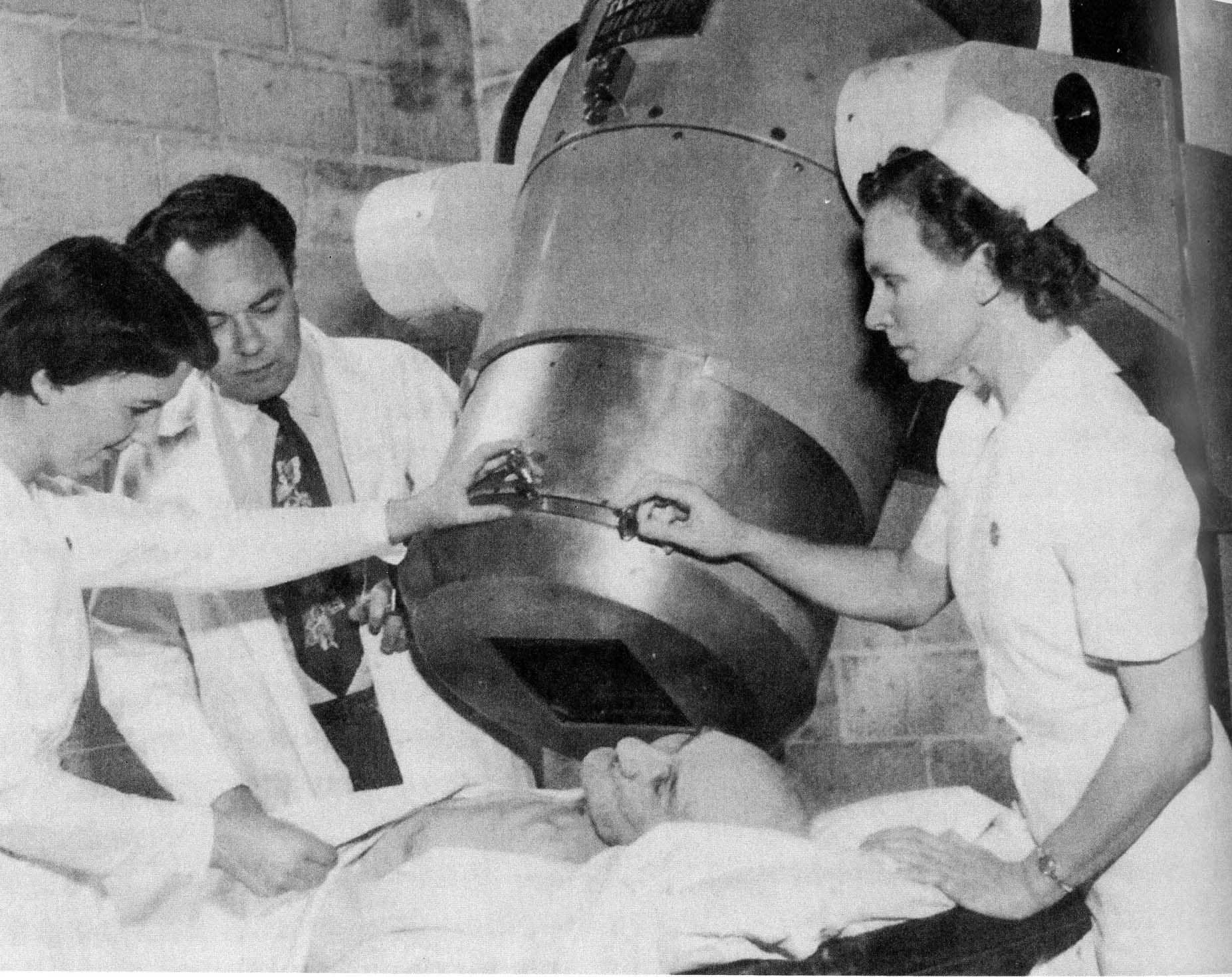University Hospital: Ushering in a new era of care, teaching, and research
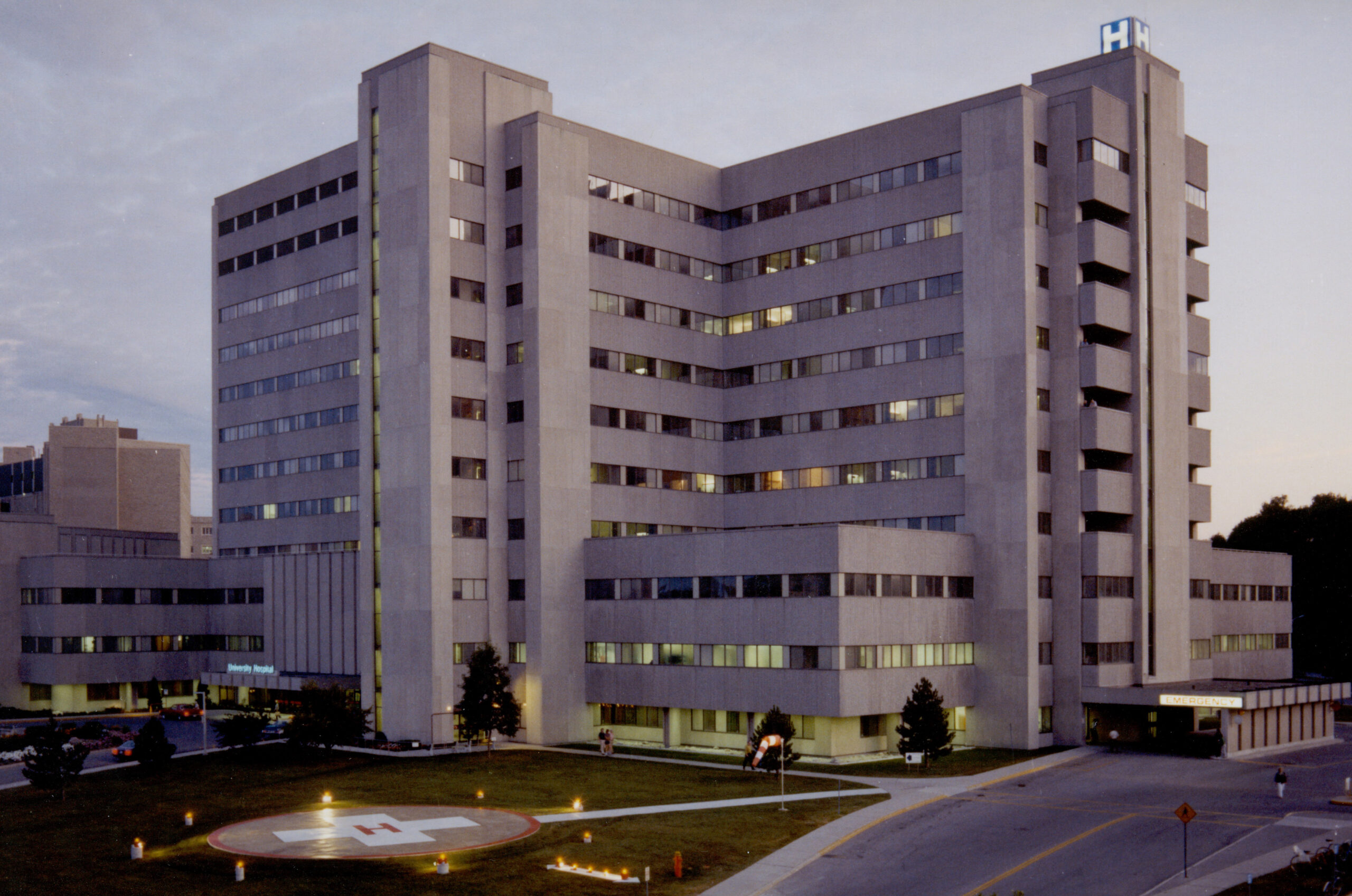
Above: Exterior photo of University Hospital
On September 21, 1972, a new era of care, teaching, and research was ushered in with the official opening of University Hospital. Welcoming the first patients in early November of the same year, these dates not only marked a significant step for the London Health Association (LHA), but they also represented the culmination of a long developmental stage which began over a decade earlier.
By the late 1950s, the LHA recognized that London’s health-care needs were evolving. Originally formed to combat tuberculosis, the association had made significant strides in addressing the disease, and with its spread now under control, the future called for a broader vision. The Sir Adam Beck Sanatorium (previously known as the Queen Alexandra Sanitorium), once central to the fight, was becoming obsolete. Rather than closing the chapter on its work, the LHA chose to expand its focus on health services, continuing the innovative traditions of its founders through the creation of University Hospital.
“The opening of University Hospital marked more than just the building of a new hospital – it was a bold leap forward in how we care, learn, and lead health care in the region,” says Deborah Wiseman, LHSC 150 Co-Executive Sponsor. “The vision and determination of the LHA laid the foundation for a future-focused institution that continues to evolve with the needs of our communities. More than 50 years later, that same spirit of innovation and service still drives University Hospital forward as part of London Health Sciences Centre.”

For over half a century, University Hospital has offered an organizational and operational approach that is unique to other teaching hospitals. Upon opening, the University Hospital planning committee adopted a decentralized administrative structure, to allow for flexible lines of communication and management.
One department which provides an excellent example of the success of this approach is Nursing. Designed by Diane Stewart and later implemented by Roberta Rivett, a team approach split the previously used head nurse function into three distinct staff positions for every patient area – manager, nursing coordinator, and service coordinator. This delegation and distribution of duties enabled nurses to become more self-directed and accountable for patient care decisions. This allowed greater and more appropriate responsibility to be placed in the hands of the nurses most knowledgeable in their respective areas. The decentralized, fully integrated team approach enhanced the quality of patient care offered at University Hospital and was soon adopted by many other Canadian hospitals.
In addition to this advancement in nursing, University Hospital quickly gained a reputation as a world leader in medical breakthroughs in neurosurgery, cardiac surgery, and transplantation. One such story that captures the global reach of care at University Hospital comes from the patient profiles featured in an annual report from the 1980s.
At the age of 23, Julie S., a receptionist for a construction company in Brisbane, Australia, learned she would likely live no more than 18 months if she did not undergo delicate surgery to occlude an aneurysm in her brain. After collapsing at work, Julie underwent an operation during a nine-week stay in the neurosurgical unit of a Brisbane hospital, which revealed that her aneurysm was inoperable in her home country.
Julie was then referred to a neurosurgeon at University Hospital who was one of the only physicians in the world who could perform the necessary procedure. Accompanied by her fiancé, Julie made the 28-hour cross-Pacific flight to Canada, with the knowledge that the aneurysm could burst and prove fatal at any moment.
During her seven-hour operation, the University Hospital surgeon successfully treated the aneurysm, which was discovered to be three times larger than had been first thought.
Julie stayed at University Hospital for five days to recover from her operation, while her fiancé was hosted by a local family through services provided by the hospital’s Volunteer Services Department.
Upon returning to Australia, Julie was admitted to her home hospital for a short period of observation. With her recovery going smoothly, Julie was discharged and allowed to resume her job and life as normal thanks to expert, world-class care made available at University Hospital.
While medical innovation and global impact have defined many of University Hospital’s milestones, equally vital and perhaps even more enduring has been its unwavering commitment to putting people first. This foundational value has guided the hospital through every era of change, shaping its culture and priorities from day one.
At the official opening of University Hospital, Dr. Wilder Penfield, Director Emeritus of the Montreal Neurological Institute and guest of honour, underscored this focus in his remarks, stating: “May this hospital serve the purposes of human compassion and of academic medicine, and in the years to come may it be said, in all truth, that here humanism is joined with medical science in the art of the practice of medicine.”

From that moment forward, a clear message was set: patients, staff, and physicians would always be at the heart of University Hospital’s mission.
“The people-first philosophy has always been a cornerstone of University Hospital since its opening in 1972,” says Wiseman. “It’s more than a principle; it’s a commitment that shapes every decision, every interaction, and every moment of care. It’s carried through across LHSC today.”
In an effort to continue to evolve with the times, in 1995 University Hospital officially merged with Victoria Hospital. Soon after, London Health Sciences Centre was formed, a new overarching identity which would encompass University Hospital, Victoria Hospital, and Children’s Hospital. This marked the beginning of a collaborative journey toward the future as a leading academic health sciences centre.
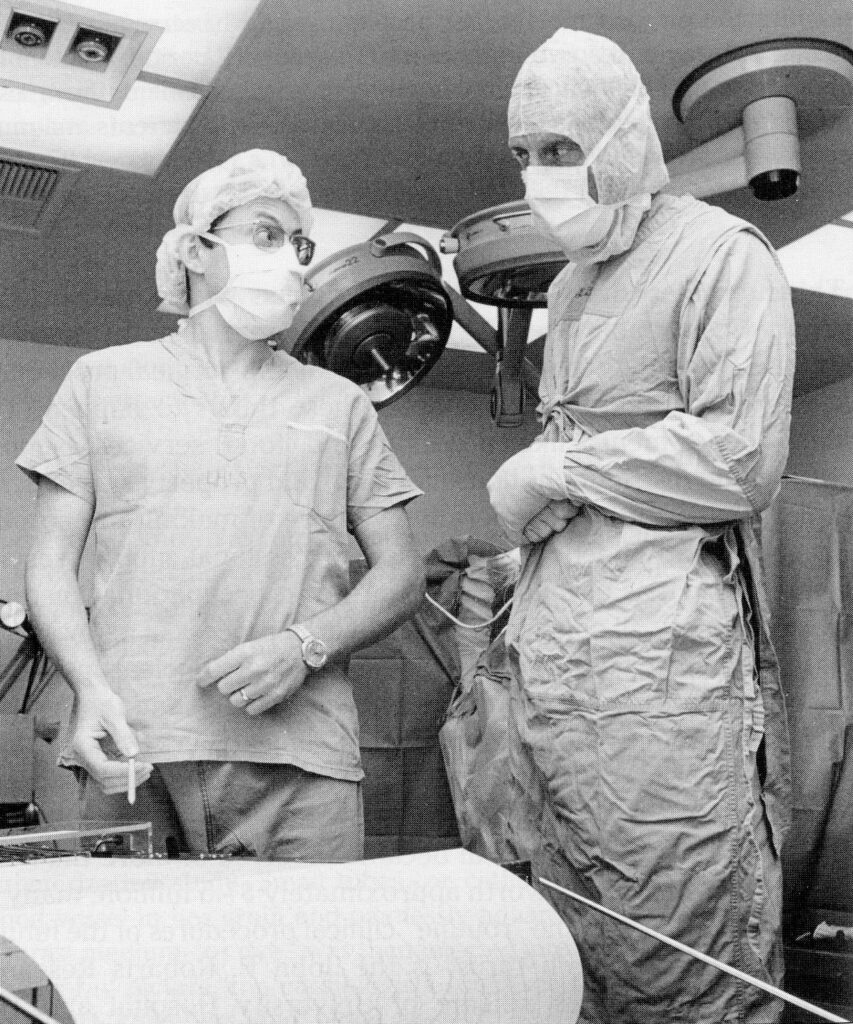
Today, this journey continues with the same spirit of innovation and compassion that defined the early days. University Hospital remains a beacon of hope and healing, where groundbreaking medical advancements meet a steadfast dedication to people – patients, team members, and the community alike.
LHSC is celebrating 150 years of care, innovation, and community impact by sharing 150 moments from our history. Join us in marking this milestone by sharing your own LHSC story.

